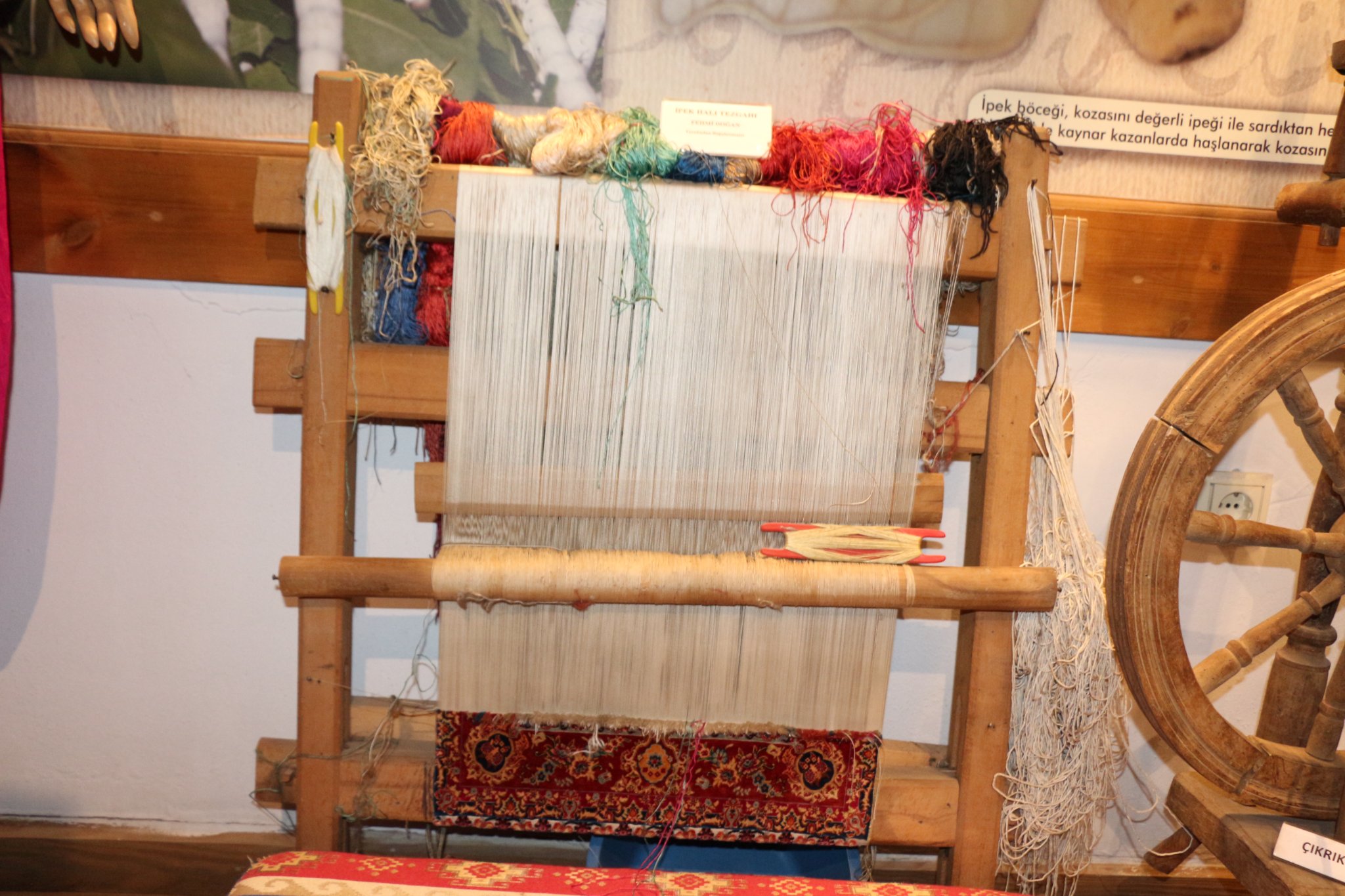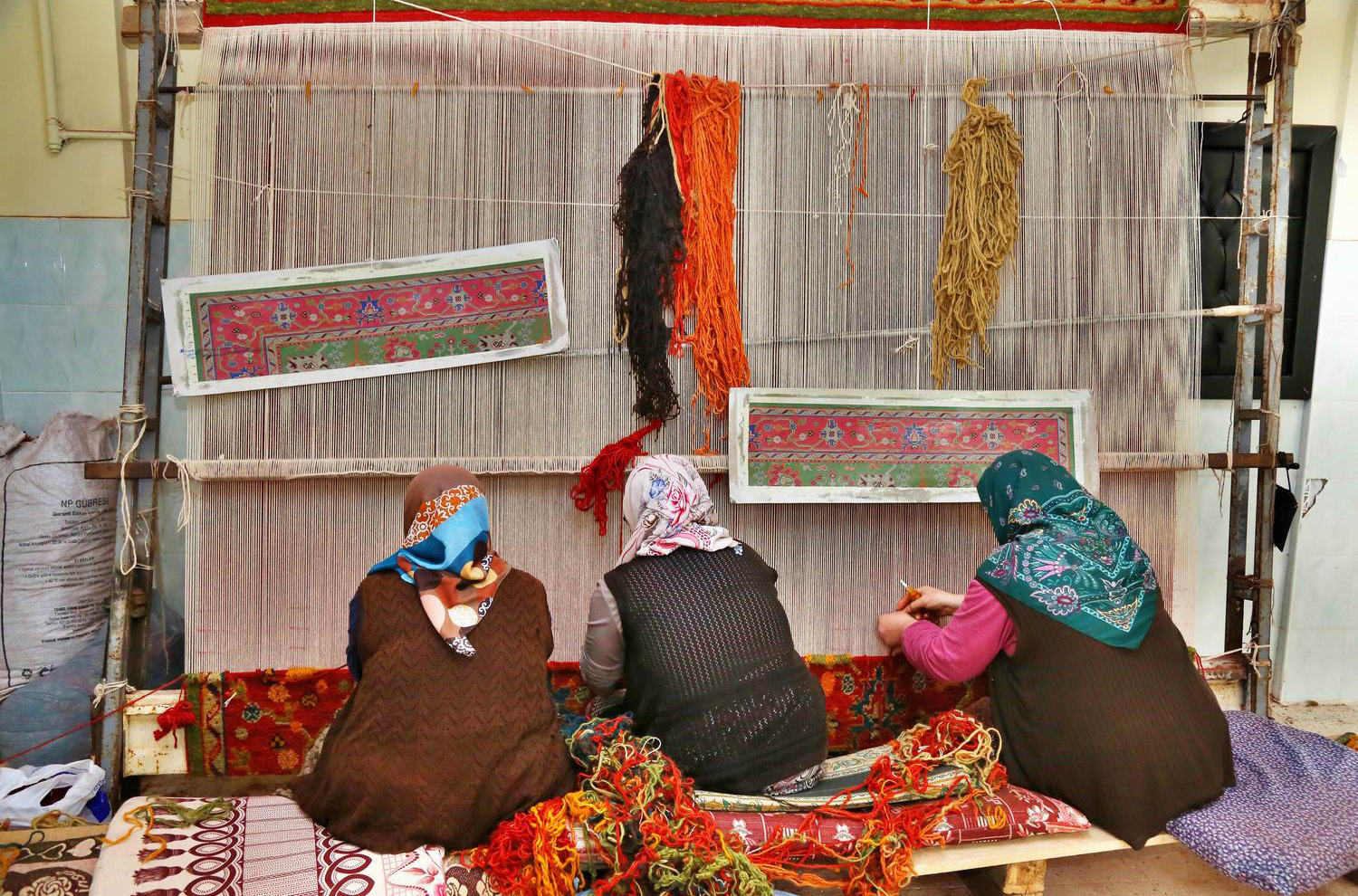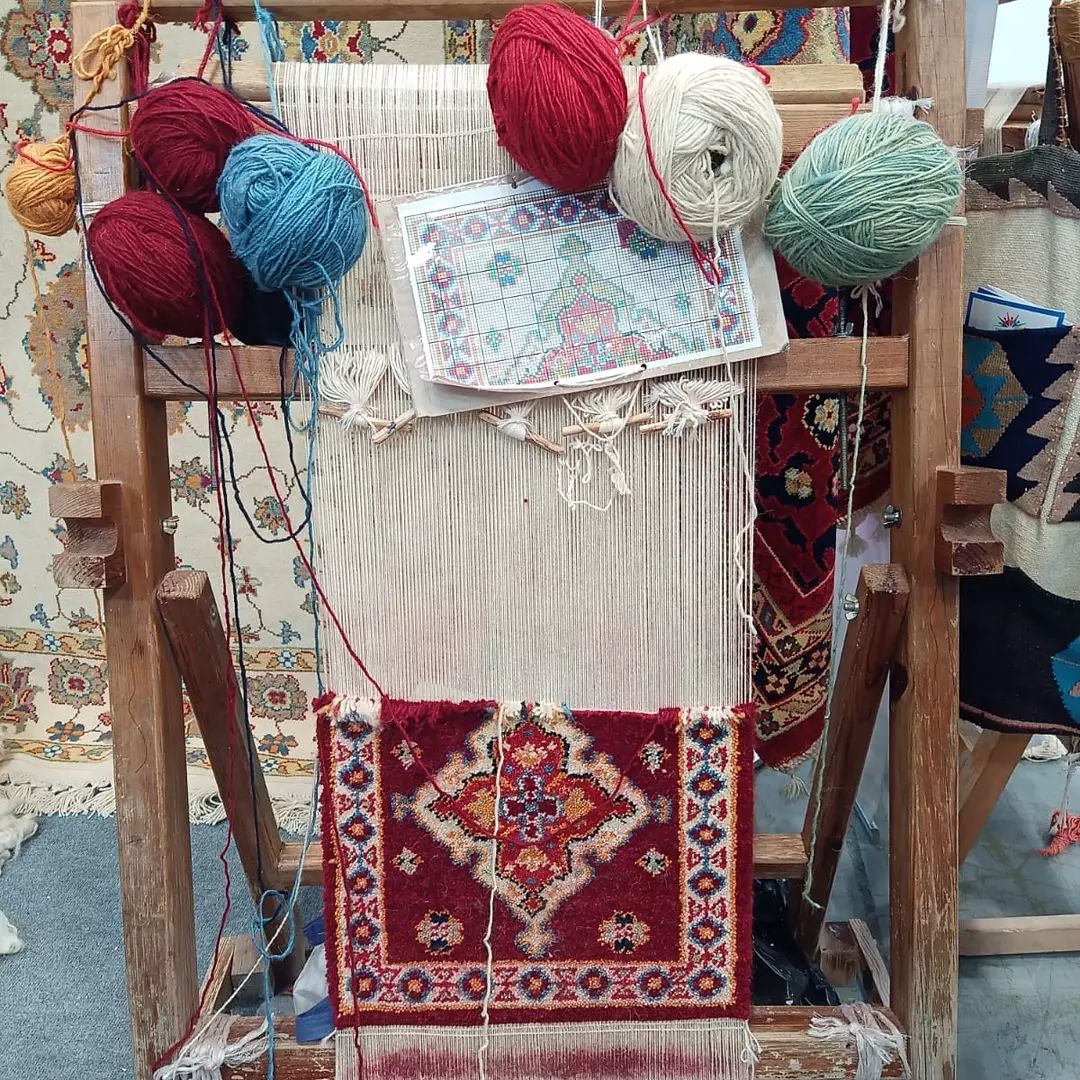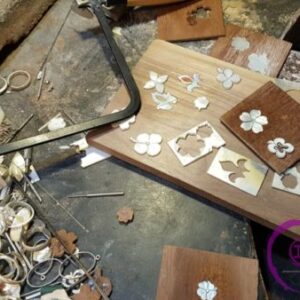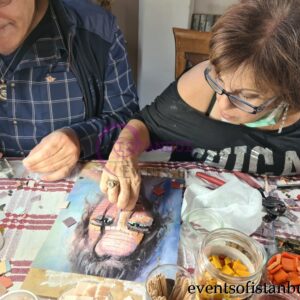Carpet Making Workshop in Istanbul
125,00 €
Experience authentic Turkish carpet weaving in Sultanahmet, Istanbul. Learn traditional techniques from local artisans, weave your own rug, and enjoy Turkish tea in a cultural hands-on workshop.
Description
Carpet Making Workshop in ıstanbul
Description
Turkish Carpet Rug Weaving Workshop in istanbul
Everyday : Available All year long – Please ask available times.
Duration : 2,5 hours
Location : Sultanahmet/ ISTANBUL
Workshops : Available in English and Turkish
Welcome to the Turkish Carpet Weaving Workshop — your authentic cultural experience in Grand Bazaar – Sultanahmet, Istanbul.
Here, we bring the timeless art of Anatolian carpet and rug weaving to life through a hands-on workshop led by local master artisans.
Participants will work one-on-one with a master craftsman in this 2.5-hour workshop, which will be held on our 10-yard Hereke carpet loom.
They will experience pattern reading, looping, arging, crimping, and row cutting.
Experience the Heart of Turkish Craftsmanship
Located just steps away from the Blue Mosque, Hagia Sophia, and the Grand Bazaar, our workshop offers visitors a peaceful escape into one of Turkey’s oldest living traditions.
Participants will:
-
Learn the history and symbolism of Turkish carpets and kilims
-
Discover how natural threads and dyes create vibrant, long-lasting colors
-
Practice the Turkish double-knot (Ghiordes) technique on a real loom
-
Weave their own small carpet piece to take home as a unique handmade souvenir
Why Choose Us
Our workshop is designed to be personal, warm, and educational. We keep group sizes small to ensure everyone gets individual attention from the instructor. You’ll enjoy Turkish tea and conversation as you weave, surrounded by the charm of Istanbul’s old city.
No prior experience is needed — only curiosity and a love for culture.
Contact = +905442201022 ( Mr. Alp or Mr. Nurdogan)
A Heritage Woven Through Centuries
Turkish carpets are among the world’s most admired handwoven textiles — symbols of beauty, patience, and cultural identity. Their story stretches back more than 2,000 years, to the nomadic tribes of Central Asia who brought weaving techniques to Anatolia, the heartland of modern Turkey.
Over centuries, the art evolved into a sophisticated craft that blended Turkic, Persian, and Byzantine influences, reaching its height during the Seljuk and Ottoman Empires. Each region developed its own distinctive colors, motifs, and patterns, reflecting local stories and traditions.
The Symbolism Behind the Patterns
A Turkish carpet is more than decoration — it’s a woven language of symbols and meaning.
Every motif tells a story:
-
🌿 Tree of Life — a symbol of growth, eternity, and spiritual connection
-
💍 Elibelinde (hands-on-hips) — representing womanhood, fertility, and motherhood
-
🕊 Birds — symbols of peace, freedom, or love
-
🧿 Evil Eye — protection against misfortune
These motifs are passed from generation to generation, often inspired by the weaver’s personal experiences, hopes, and prayers.
The Famous Turkish Double Knot (Ghiordes Knot)
What sets Turkish carpets apart from other weaving traditions is their unique knotting technique, known as the Turkish double knot, or Ghiordes knot.
In this method, each knot is tied around two warp threads, creating a symmetrical and durable structure. This technique gives Turkish carpets their distinctive thickness, strength, and even pile surface.
By contrast, Persian carpets often use an asymmetrical “single knot.” The Turkish double knot is more labor-intensive, but it ensures longevity — many historic carpets from the 13th and 14th centuries still survive today.
Materials and Colors
Traditional Turkish carpets are woven with natural fibers such as wool, silk, or cotton.
The vibrant colors are derived from natural dyes:
-
Red from madder root
-
Blue from indigo
-
Yellow from saffron or onion skins
-
Brown and black from walnut husks
The use of these natural materials not only gives the carpets their unique tones but also ensures that they age gracefully — the colors soften and deepen over time.
Regional Styles Across Turkey
Each weaving region in Turkey has its own style and spirit:
-
Hereke: known for silk carpets of royal quality, often woven for palaces.
-
Kayseri: famous for its fine patterns and pastel tones.
-
Uşak: one of the earliest centers of large-scale carpet production, exporting to Europe since the 15th century.
-
Konya: home to the oldest surviving Anatolian carpets, rich in geometric Seljuk designs.
-
Bergama and Milas: recognized for bold tribal motifs and earthy colors.
Weaving as a Way of Life
For centuries, carpet weaving was a domestic art — practiced mainly by women in rural Anatolia. Each carpet carried the emotions, memories, and imagination of its maker.
Today, while modern production methods exist, handwoven Turkish carpets remain a treasured art form. In workshops like ours, this heritage continues — one thread at a time — ensuring the survival of a tradition that connects the past with the present.
In Every Knot, a Story Lives On
Turkish carpets are not just floor coverings; they are woven stories, preserving the identity, faith, and artistry of a people. Whether displayed on a wall, laid across a floor, or created by your own hands in a workshop, each piece represents the enduring beauty of Turkish culture.

